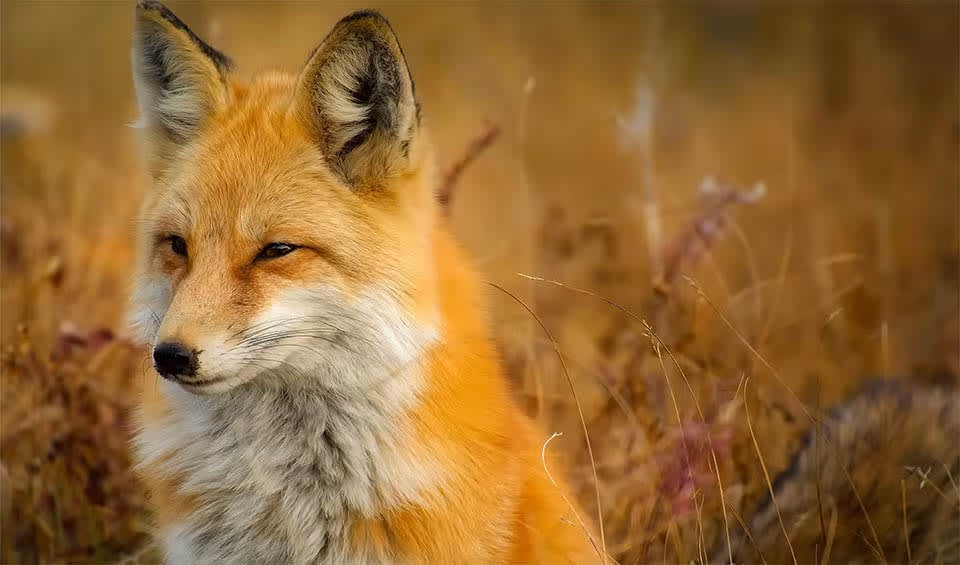Monaco, a tiny yet glamorous principality on the French Riviera, is synonymous with luxury, grand casinos, and the famous Formula 1 Grand Prix. But beyond its opulent façade, Monaco also boasts stunning natural landscapes and a surprising wealth of biodiversity. With an area of just 2 km² (0.77 mi²), this Mediterranean gem is one of the world’s smallest countries, yet it offers an enchanting blend of urban sophistication and natural beauty.
Its location along the Mediterranean Sea provides breathtaking coastal views and a mild, pleasant climate. The iconic Larvotto Beach, with its pristine sands and clear, azure waters, is perfect for sunbathing and swimming. The seaside promenade offers scenic walks where you can enjoy the fresh sea breeze and panoramic views.
Four pillars elaborated:
.Monaco’s territory includes two marine protected areas, covering a total of 35.5 hectares (0.36 km²). Additionally, all of Monaco’s territorial waters are part of the PELAGOS Sanctuary for Mediterranean Marine Mammals, which is designated as a Specially Protected Area of Mediterranean Importance (SPAMI) under the Barcelona Convention. Land Management
Land Management
The main causes of biodiversity loss are multifaceted and include habitat degradation and loss, which occur through deforestation, urbanization, and agricultural expansion, leading to the destruction of natural habitats for many species. Terrestrial and marine pollution, such as plastic waste, chemical runoffs, and oil spills, contaminate ecosystems and harm wildlife. Invasive alien species outcompete native species for resources, often leading to a decline in native biodiversity. Threats to Biodiversity
Threats to Biodiversity
Additionally, climate change exacerbates these issues by altering temperature and precipitation patterns, leading to shifts in species distributions, increased frequency of extreme weather events, and rising sea levels that further threaten terrestrial and marine habitats.
Monaco has introduced a series of positive incentives aimed at enhancing biodiversity and environmental protection, such as grants for purchasing clean vehicles, installing solar thermal systems, and generating electricity from photovoltaic devices. One of the many tools used to preserve marine natural heritage is the deployment of artificial reefs, with the first one immersed over 30 years ago in the Larvotto Marine Reserve. The noble pen shell (Grande nacre), a vulnerable Mediterranean species sensitive to water quality, has been established in the Larvotto Marine Reserve as an indicator of the marine coastal environment’s health, particularly given the proximity of significant development projects. Capacity and Governance
Capacity and Governance
Monaco has conducted a comprehensive inventory of its marine and terrestrial habitats based on European classifications (EUNIS, NATURA 2000), allowing for the evaluation of their conservation statuses. Additionally, in 2010, Monaco partnered with the National Union of French Apiculture, leading to the establishment of six hives in Monaco and supporting the Charter of the Bee “Sentinel of the Environment,” which Monaco signed in 2011.
The “Monaco Biodiversity Plan 2030” is a strategic document detailing Monaco’s approach to managing and preserving its natural heritage over the medium and long term, aligning with the objectives of the Convention on Biological Diversity and contributing to the 2030 Agenda for Sustainable Development. As part of its commitment to biodiversity conservation, Monaco has joined the Global Ocean Alliance, which aims to protect at least 30% of the ocean by 2030 through the establishment of marine protected areas. Additionally, Monaco has pledged to reduce its greenhouse gas emissions by 55% by 2030 compared to 1990 levels, demonstrating its ambitious efforts to combat climate change and safeguard biodiversity. Future Trends
Future Trends
Biodiversity
The waters around Monaco, rich with marine life, are safeguarded by the Mediterranean Science Commission and various local initiatives. The Oceanographic Museum of Monaco, founded by Prince Albert I, underscores the principality’s dedication to marine conservation, showcasing an extensive collection of marine species and offering insights into marine ecosystems. The Larvotto Marine Reserve, established in 1976, protects coastal waters teeming with vibrant coral reefs, seagrass beds, and diverse fish species like groupers and wrasses, along with occasional sea turtles.On land, Monaco’s urban parks and gardens, such as the Exotic Garden, provide habitats for numerous bird species, butterflies, and bees, contributing to urban biodiversity. The principality further supports wildlife through green roofs and walls, creating additional urban habitats.
In the table below are the number of known species in several main groups, how many of these species are Threatened with extinction, and how many of them are Endemic (unique to Monaco only):
| Species (World rank) |
Threatened | % Threatened | Endemic | % Endemic | |
|---|---|---|---|---|---|
| Mammals | |||||
| Birds | 24 (#208) | ||||
| Reptiles | 4 (#203) | ||||
| Amphibians | 2 (#183) | ||||
| Fishes | 290 (#153) | 52 | 17.9% | ||
| Plants | 241 (#204) | 1 | 0.4% |
mammals
Brown bear
The second largest bear, right after the polar bear. Sadly, it well might top the list soon
Red fox
Ladies and gentlemen, please welcome the world’s most widely distributed carnivore!
European free-tailed bat
Their muzzle has wrinkled lips, which makes them look like a dog’s face, and is commonly called a bulldog bat
birds
Eurasian sparrowhawk
Better call the ambulance before the Sparrowhawk comes to devour all those who are injured
Atlantic puffin
This incredible bird can hold up to 30 fish in its beak at once
Barn owl
The most cosmopolitan of owls with home ranges extending across the globe
reptiles
Common wall lizard
What makes them really interesting is their skin – it’s covered in lots of little bumpy scales, like tiny pearls
European asp
With its triangular head, distinct from its neck, and vertical pupils, it’s easy to recognize
European pond turtle
At the first sign of danger, it will quickly dive into the water and hide
National Animals
European hedgehog
The gardener’s best friend, as they will eat up insect pests crawling in the vegetable beds
Wood mouse
Often lives close to humans and is sometimes seen as a pest
European rabbit
They spread faster than any other colonizing mammal in the world
















